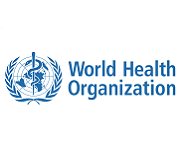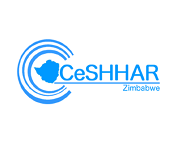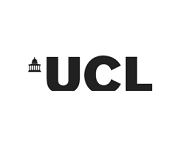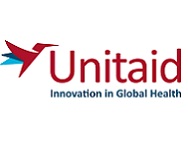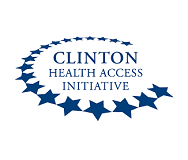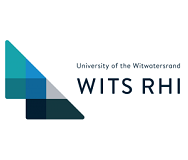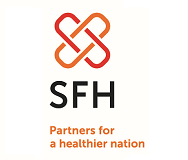STAR research questions
Research under Phase 1 of STAR was designed to answer questions about how to deliver HIV self-testing (HIVST), how to generate HIVST demand and the potential public health impact of HIVST.
These answers formed part of the evidence that fed into the development of the latest WHO guidance on HIVST, released in December 2016, specifically regarding the following WHO PICO question: Should HIV self-testing be offered as an additional approach to deliver HIV testing services?
The STAR Initiative will answer the following questions:
Increased Anti-Retroviral Therapy and Voluntary Medical Male Circumcision Coverage
• How effectively do individuals link into HIV care and Voluntary Medical Male Circumcision after HIVST?
• Are interventions to improve linkage into post-test services effective and cost-effective?
• What are user preferences for the delivery of post-test services and how can demand for services be maximised?
Increased Coverage of HIV Testing Services in the Priority Populations
• Does HIVST increase HIV testing services frequency/coverage compared to current testing strategies?
• What is the population level cost-effectiveness of introducing HIVST?
Improved Design of HIVST Models for Target Populations
• What level of accuracy can be achieved by HIVST users?
• How can social harms from introducing HIVST to individuals and key populations be anticipated and reported best?
• What are the delivery costs of adding HIVST?
• What are users’ preferences and how can demand for HIVST be maximized?
Increased Uptake of HIVST in the Priority Populations
• What is the estimated market size of HIVST?
• Is HIVST reaching people who are currently not accessing HIV testing and services (key populations, men, adolescents and other vulnerable populations)?


